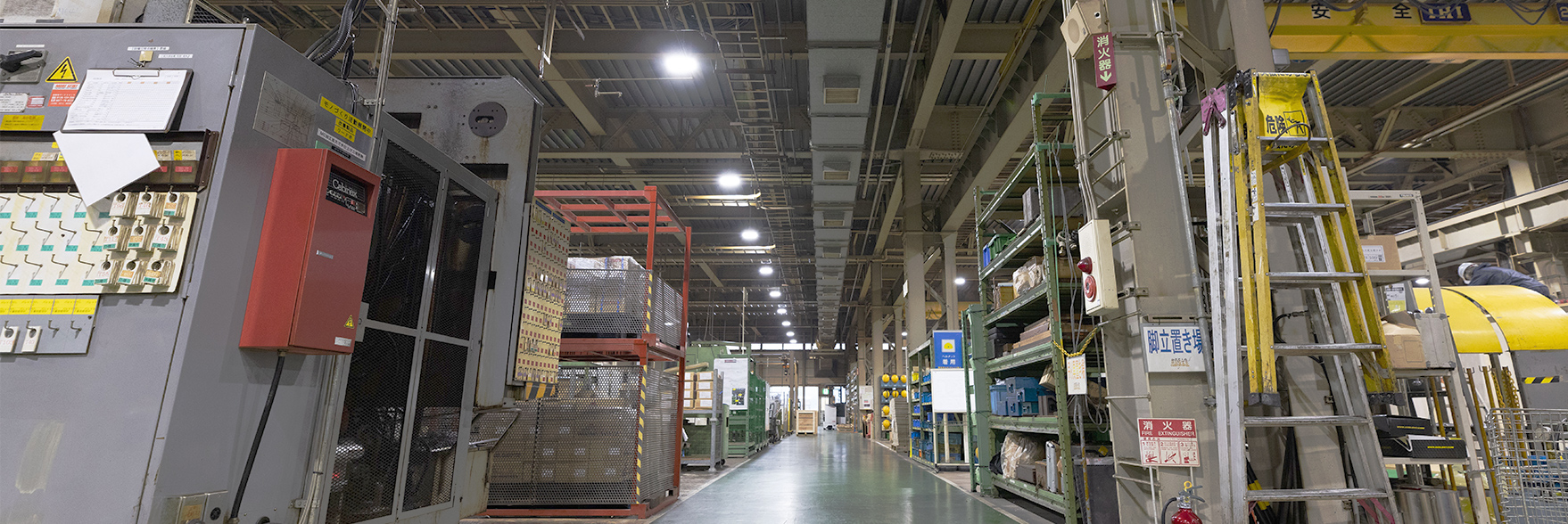We specialize in machining difficult-to-cut materials and contribute to cost reductions by proposing materials.
DPI has experience in machining a wide variety of materials, and is particularly good at cutting processing of difficult-to-cut materials such as heat-resistant steel, stainless steel, and high alloys. Our technical department sets up the blades and determines the machining conditions, and then performs repeated machining tests to determine the optimal machining conditions.

We are actively trying out materials with which we have no experience.
Our optimization of manufacturing processes and know-how in machining difficult-to-cut materials have been highly evaluated. Therefore, we receive many inquiries about materials that other companies say cannot be cut.
There are some materials that we have no experience with. However, we continue to take on the challenge of meeting customer requests by leveraging our experience in machining difficult-to-cut materials and the know-how we have cultivated to develop machining conditions.

We also contribute to cost reduction through proposals such as near-net shaping of materials.
When it comes to cutting, the greater the amount of material to be cut, the higher the processing cost. When cutting regular round bars or square materials, many parts may become unnecessary depending on the shape of the product, resulting in poor material yield and a large amount of cutting, leading to high costs. Therefore, considering the shape and material of the product, we propose whether the material can be made into a near-net shape through forging, casting, etc. We contribute to cost reduction by improving yield and minimizing the amount of cutting by optimizing the shape of the material to match the product.
<Example of material near-net proposal>


We can also process materials such as magnets, which have been in increasing demand in recent years.
With the electrification of automobiles, the materials used have also changed in recent years. In particular, demand is increasing for magnets, which are hard and brittle materials that are extremely difficult to process.
Although we had no experience with this material, we worked hard to determine processing conditions and select tools, and were able to develop processing technology that could meet our customers' needs. We will continue to take on new challenges with difficult-to-process materials and leverage our past achievements and know-how to work in new fields.





